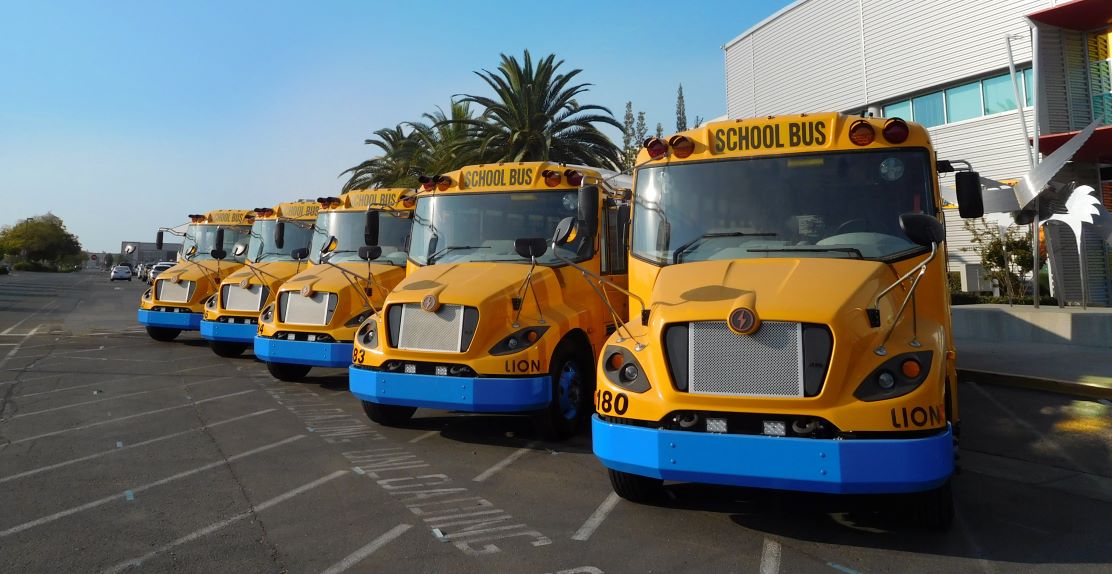Electric School Buses: Driving a Greener Future for U.S. Students
Mike Colagrossi

Electric school buses are rolling out across the U.S., replacing their diesel counterparts, which have long been linked to harmful emissions and health issues in children. Driven by federal initiatives, including the $5 billion EPA Clean School Bus Program, school districts are already reaping the benefits in student health and cost savings.
But this is only the beginning for the new electric yellow school bus.
Sustainability View: Every school year, more than 20 million students in the U.S. rely on yellow school buses to get to school. With over 490,000 buses in operation, these vehicles form the backbone of the nation’s public school transportation fleet. However, the vast majority are powered by diesel, an aging technology that emits harmful pollutants.
“We’re exposing children to toxic fumes on their way to school,” explains Jessica Keithan, co-founder of the Texas Electric School Bus Project. Diesel exhaust, which permeates bus interiors, poses a serious health risk, especially to children, whose lungs are still developing.
- Only 2.5 percent of all school buses nationwide are electric.
- Five years ago, there were fewer than 1,000 electric school buses operating nationwide. Since 2022, the number of electric school buses has climbed to nearly 5,000.
- More than 7,000 additional electric buses are under contract, awaiting delivery, or have been awarded funding.
Power: It goes both ways.
Recent research led by Meredith Pedde at the University of Michigan found that replacing older buses with cleaner models significantly improved student attendance and academic performance, including gains in math and literacy test scores.
These findings, along with the environmental benefits of electric buses, point to a broader range of advantages for schools adopting this technology.
In addition to educational gains, electric buses offer financial opportunities for districts. By feeding power back to the grid during peak demand periods, electric buses can function as mobile power plants, reducing the need for costly and polluting “peaker” plants.
- Programs in states like Colorado and Massachusetts are testing this “vehicle-to-grid” technology, allowing districts to generate revenue while their buses are parked—around 70 percent of the time during the school year.
- Moreover, the EPA’s Clean School Bus program has prioritized low-income, rural, and tribal communities, with 74 percent of its grants or rebates awarded to these high-need districts.
Urban Tech: The classic yellow school bus isn’t the only heavy duty vehicle going electric.
FedEx is ramping up its commitment to zero-emission transportation by expanding its fleet with 15 new electric Workhorse W56 step vans. Designed for the rigors of last-mile delivery, the W56 features an advanced electric drivetrain, regenerative braking, and lightweight materials that reduce air pollution and cut operational costs.
FedEx plans to integrate these vehicles into its larger goal of transitioning its entire parcel fleet to zero-emission by 2040, ensuring cleaner deliveries in cities around the world.



